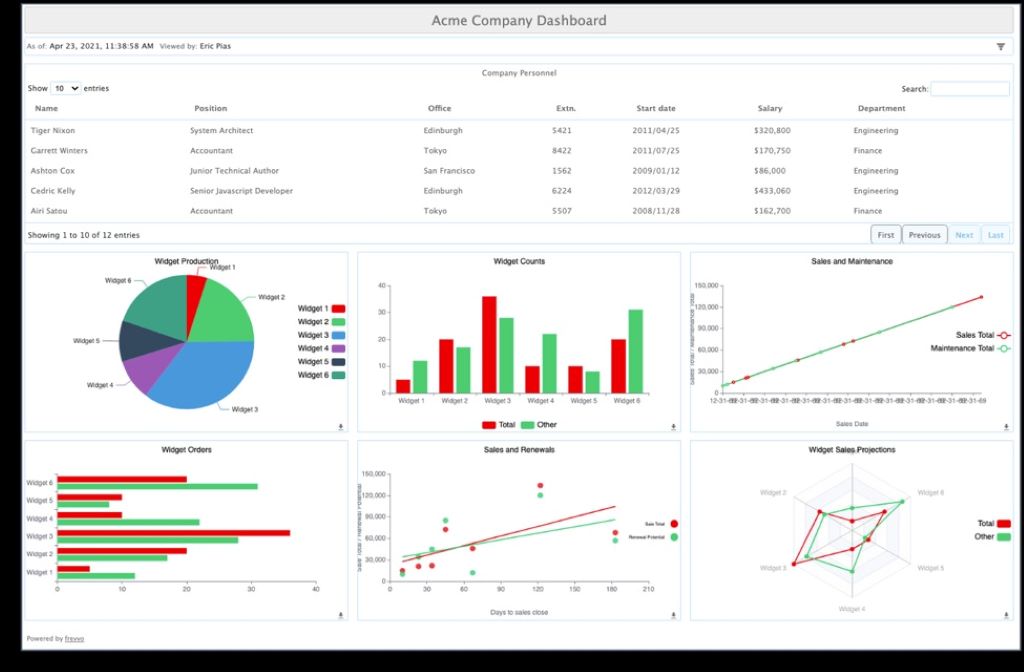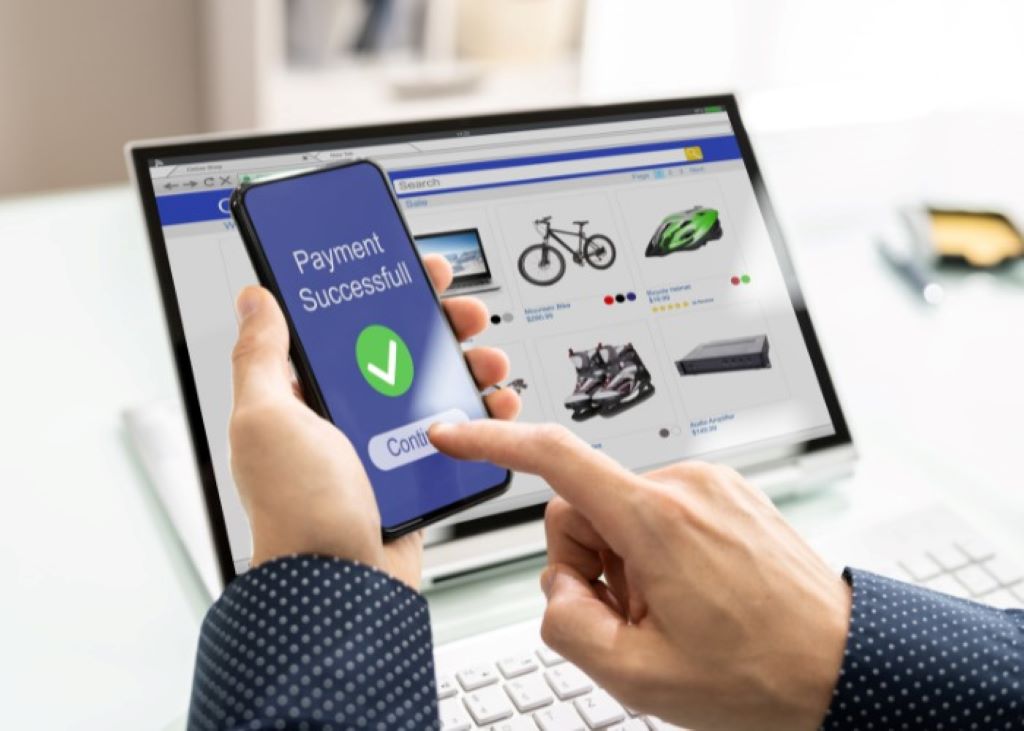How to Calculate Customer Lifetime Value for an E-Commerce Store

Running a successful e-commerce business isn’t just about making one-time sales—it’s about building relationships that last. Have you ever wondered how much a single customer is truly worth to your online store over time? That’s where Customer Lifetime Value (CLV) comes in.
CLV is one of the most powerful metrics in e-commerce because it shows you how much revenue a customer generates throughout their relationship with your brand. By knowing this number, you can make smarter marketing, pricing, and customer retention decisions.
In this guide, you’ll learn what customer lifetime value is, why it matters, and most importantly, how to calculate CLV for your e-commerce store step by step.
What is Customer Lifetime Value (CLV)?
Customer Lifetime Value (CLV) refers to the total revenue a business can expect from a single customer over the entire duration of their relationship with the brand.
For example, if a customer spends $50 every month for two years, their CLV is:
$50 × 24 months = $1,200
This means that, on average, this customer is worth $1,200 to your business.
Understanding this number helps you determine how much you should invest in acquiring new customers and retaining existing ones.
Why is CLV Important for E-Commerce Businesses?
Before diving into calculations, let’s explore why CLV is a game-changer for e-commerce:
- Better Marketing ROI
If you know a customer is worth $500 over their lifetime, you can confidently spend $50 (or even $100) to acquire them. - Improved Customer Retention
Focusing on increasing CLV often means investing in loyalty programs, upselling, and personalized experiences that keep customers coming back. - Sustainable Growth
Instead of chasing one-off purchases, you create long-term relationships that compound revenue. - Budget Allocation
CLV helps you allocate your marketing and advertising budget more effectively by focusing on the most profitable customer segments. - Investor Confidence
High CLV demonstrates strong business potential, making your store more attractive to investors or stakeholders.
The Formula for Calculating CLV
The basic formula for calculating CLV is:
CLV = Average Order Value (AOV) × Purchase Frequency × Customer Lifespan
Let’s break this down:
- Average Order Value (AOV)
- Formula:
Total Revenue ÷ Number of Orders - Example: If your store made $20,000 from 1,000 orders, your AOV is $20.
- Formula:
- Purchase Frequency (PF)
- Formula:
Total Number of Orders ÷ Total Number of Unique Customers - Example: If 1,000 orders came from 200 customers, PF = 5.
- Formula:
- Customer Lifespan (CL)
- The average time (in years) a customer continues purchasing from your store.
- Example: If most customers stick around for 3 years, CL = 3.
Example CLV Calculation:
- AOV = $20
- PF = 5 orders/year
- CL = 3 years
CLV = $20 × 5 × 3 = $300
This means that, on average, each customer contributes $300 to your store over their lifetime.
Step-by-Step Guide to Calculating CLV for Your Store
Let’s go deeper into the calculation process with actionable steps:
Step 1: Gather Customer Data
You’ll need accurate sales and customer data. Most e-commerce platforms (Shopify, WooCommerce, BigCommerce, etc.) provide reports on AOV, repeat purchases, and customer retention.
Step 2: Calculate Average Order Value (AOV)
- Pull your revenue and order data for a given period (monthly, quarterly, annually).
- Divide total revenue by total orders.
Example:
- Revenue = $50,000
- Orders = 2,000
- AOV = $25
Step 3: Determine Purchase Frequency
- Find how many purchases each customer makes on average.
- Divide total orders by total customers.
Example:
- Orders = 2,000
- Customers = 400
- PF = 2,000 ÷ 400 = 5
Step 4: Estimate Customer Lifespan
- Use your retention data to see how long customers typically stay active.
- For e-commerce, this is often 1–5 years depending on your niche.
Step 5: Apply the CLV Formula
Plug the numbers into the formula:
CLV = AOV × PF × CL
Example:
- AOV = $25
- PF = 5
- CL = 3
- CLV = $25 × 5 × 3 = $375
Advanced CLV Models
The simple formula works well, but advanced models give deeper insights:
- Historical CLV
- Looks at actual past purchase data.
- Useful for analyzing customer behavior over a defined period.
- Predictive CLV
- Uses machine learning and predictive analytics to forecast future CLV.
- Ideal for businesses with large datasets.
- Segmented CLV
- Calculates CLV for different customer groups (e.g., VIP customers, new buyers, seasonal shoppers).
- Helps personalize marketing strategies.
Strategies to Increase Customer Lifetime Value
Once you’ve calculated CLV, the next step is to maximize it. Here are proven strategies:
- Improve Customer Experience
Delivering fast shipping, responsive support, and hassle-free returns builds loyalty. Happy customers buy more and stay longer.
- Personalize Marketing Campaigns
Use purchase history and browsing data to send targeted product recommendations and personalized offers.
- Upsell and Cross-Sell
Encourage customers to add complementary products or upgrade their purchases. For example, if someone buys a laptop, suggest a premium mouse or extended warranty.
- Build a Loyalty Program
Reward repeat purchases with points, discounts, or exclusive access. Loyalty programs significantly boost retention.
- Email & SMS Marketing
Stay connected with customers through newsletters, promotions, and reminders about products they love.
- Subscription Models
Introduce subscription options (e.g., monthly product boxes) to increase purchase frequency and predictable revenue.
- Focus on Customer Retention
Acquiring new customers is costly—retaining existing ones is far more profitable. Retention-driven businesses naturally have higher CLV.
Common Mistakes When Calculating CLV
While calculating CLV, businesses often make errors that lead to misleading results:
- Using too short a timeframe (e.g., 3 months instead of several years).
- Ignoring customer churn rates—not every customer stays active for the same period.
- Overestimating customer lifespan, leading to inflated CLV.
- Not segmenting customers—treating all customers the same skews data.
FAQs About Customer Lifetime Value
- How often should I calculate CLV?
Ideally, update your CLV quarterly or bi-annually to track changes in customer behavior. - Is CLV the same for all industries?
No. CLV varies widely across industries. For example, a luxury fashion brand may have a much higher CLV than a budget-friendly store. - What tools can help me calculate CLV?
Platforms like Google Analytics, Shopify analytics, HubSpot, and dedicated CLV calculators can simplify the process. - Can CLV improve customer acquisition strategies?
Yes. Knowing your CLV helps you set the right Customer Acquisition Cost (CAC) thresholds to ensure profitability. - Should I focus more on CLV or CAC?
Both matter, but the golden rule is: CLV should be at least 3x higher than CAC for a healthy e-commerce business.
Final Thoughts
Calculating customer lifetime value isn’t just a number-crunching exercise—it’s a roadmap for growth. CLV tells you how much you can spend to acquire new customers, how to retain them, and which strategies drive the most profit.
For e-commerce stores, boosting CLV means shifting focus from one-time transactions to long-term relationships. With the right data and strategy, you can increase repeat purchases, improve customer loyalty, and maximize profitability.
Read More:
Businesses reborn with online business opportunities on the internet
The seven best online business model ideas
Featured Image Source

